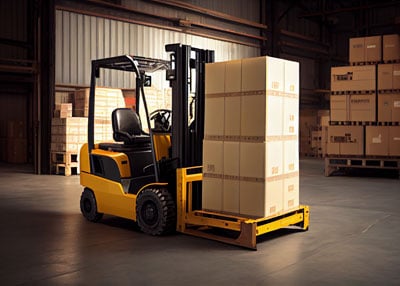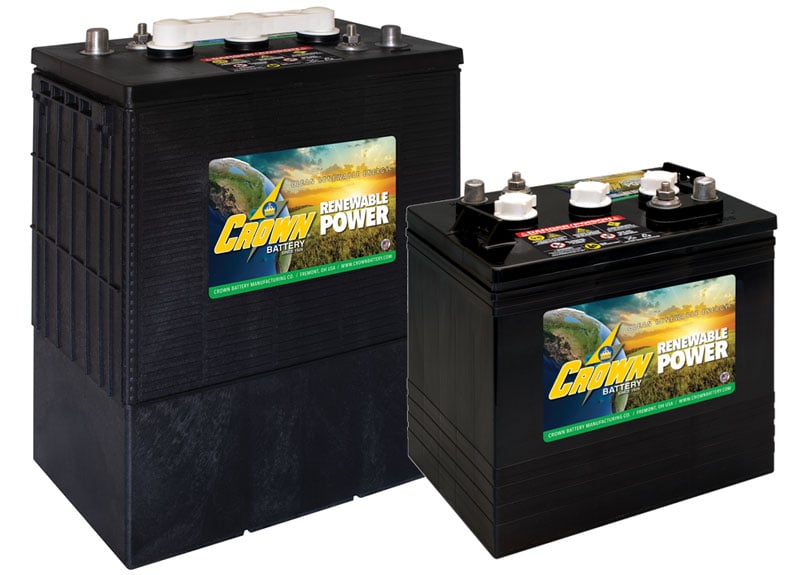When you make an investment into an industrial battery, it’s important to know what to do and maybe even more so, what NOT to do in order to maintain the life and power of the unit. In this post, we’ll provide the most important dos and don’ts with regard to keeping your equipment humming along for as long as possible.
Here are some of the most common signs to watch out for to determine if an industrial battery needs to be replaced:
- Terminal corrosion
- Increased battery temperature
- Slow run time
- Sulfur-type smell
Once you’ve purchased a new battery, now it’s time to ensure longevity. Here are a few tips to prevent premature battery failure:
Climate Control: Keep batteries away from low temperatures as cold decreases the available capacity, wasting their potential
Charging Conditions: In order to maintain your battery it should be charged until full capacity then stopped. Undercharging or overcharging industrial batteries as well as interrupting their charge cycle can decrease their lifespan.
Monitor Fluids: Industrial batteries must have the correct amount of electrolyte for peak performance. Every five charging cycles or so, check the fluid levels inside the battery. Checking two or three cells helps ensure appropriate levels.
Maintain Fluid Levels: If there’s a problem with the levels, distilled water should be added inside the battery. You can anticipate this becoming a necessary practice every 10 charge cycles. Add enough water so that it covers the plastic protective area without overfilling it. Use only distilled water that registers between 5 - 7 on a pH scale as to limit impurities which can cause battery damage.
When you keep these battery maintenance tips in mind, you are working to prolong the battery life. Even high-quality batteries like those produced by manufacturers like Crown Battery require proper maintenance to ensure longevity.











